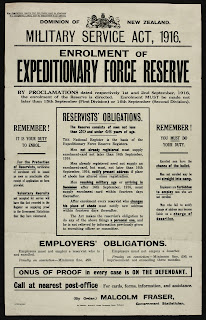Auckland’s 1960s American-style shopping malls

New Zealand’s first American-style shopping centre LynnMall opened on 30 October 1963. A 110 foot tower with a flashing red beacon marked the site which had previously been a swampy, seven-acre scrub-covered paddock. LynnMall offered a relaxed, traffic-free arrangement of shops around a weather-proof courtyard with a fountain, flowers and trees. There was plenty of seating, a free children’s play area and 500 free car parks. Three of the city’s largest retailers anchored the centre - Farmers, Milne & Choyce and Woolworths - and were complemented by 43 specialty shops such as La Gonda Fashion, Kean’s, Starforme Foundations, Masco and Curtaincraft. Ref: J. T. Diamond, LynnMall from Farmers end, November 1963, Auckland Libraries Heritage Collections, JTD-11A-02070-2 In 1965 the corner-stone was laid for a second Auckland shopping mall developed by the same company – Southmall. Farmers and Woolworths were already signed up and soon joined by a Four Square supermarket. Specia...

























